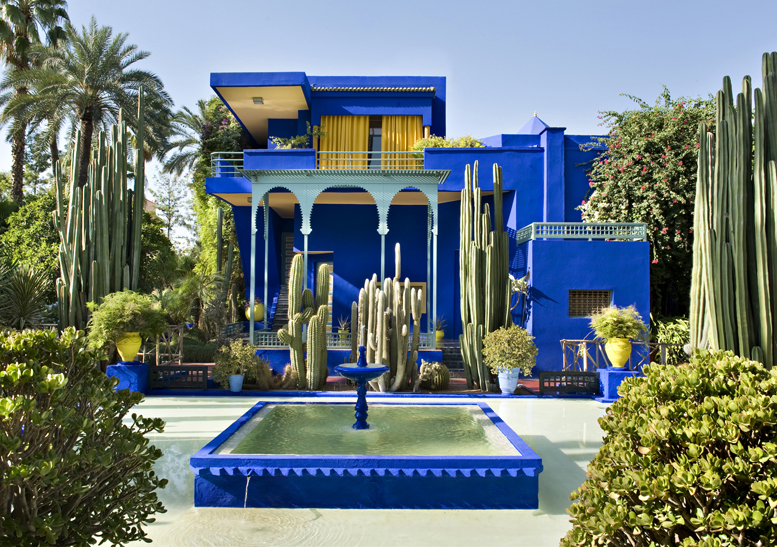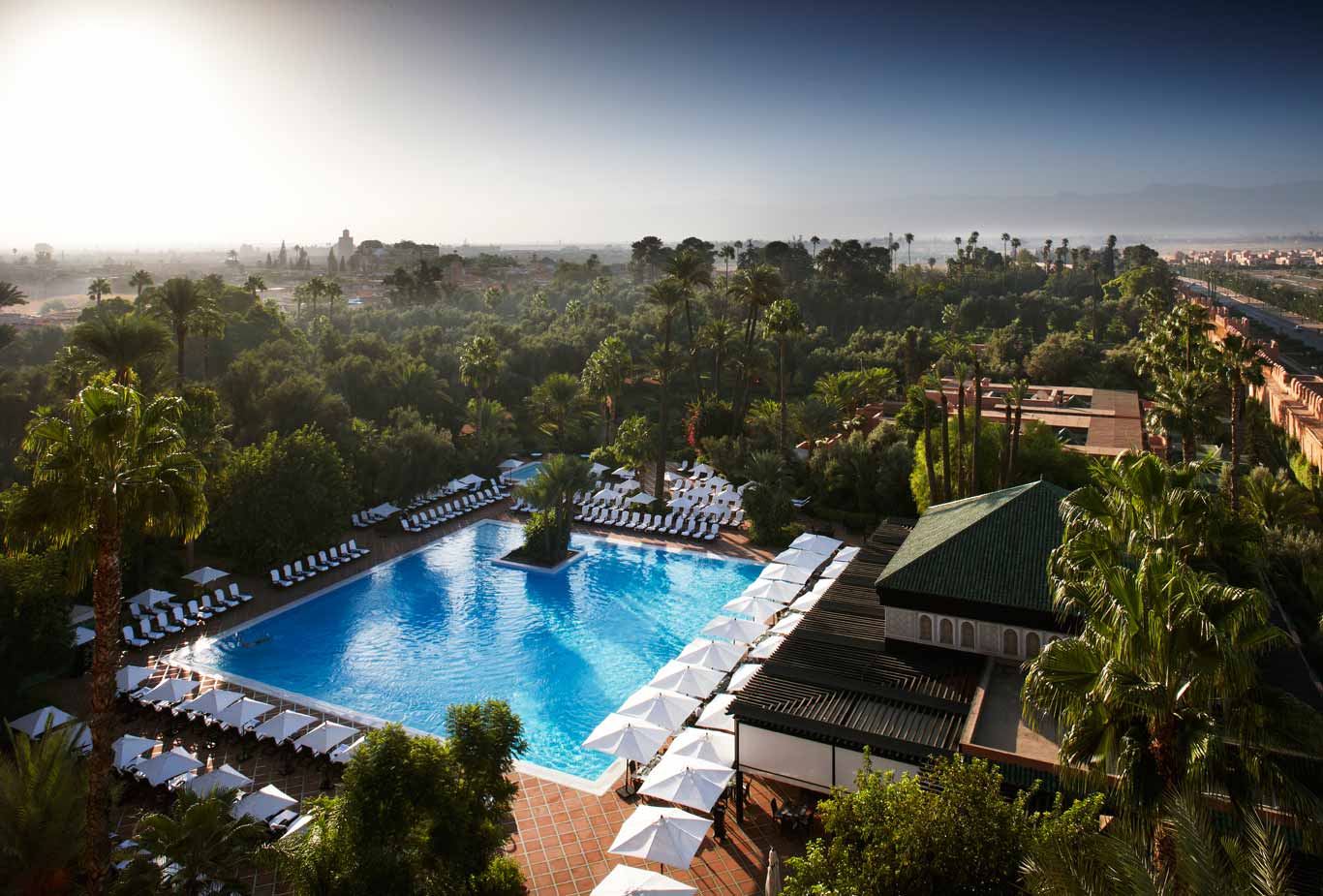MARRAKECH EXPRESS: LE JARDIN MARJORELLE
“The painter has the modesty to regard this enclosure of floral verdure as his most beautiful work…vast splendours whose harmony I have orchestrated… This garden is a momentous task, to which I give myself entirely. It will take my last…
Read post


